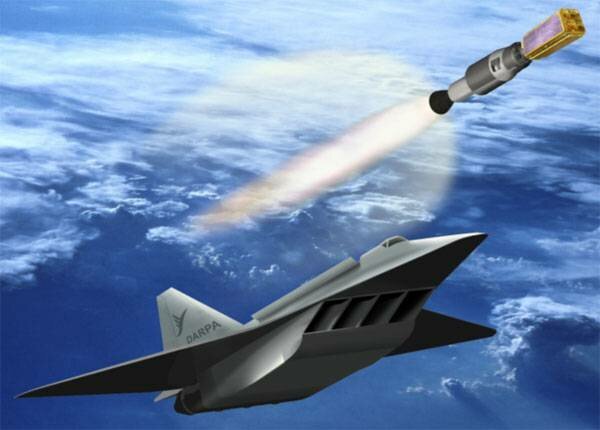Scott Kenny
ACCESS: USAP
- Joined
- 15 May 2023
- Messages
- 11,628
- Reaction score
- 14,305
You really need to design a plane with weapons bays around whatever the largest weapon you plan on carrying from the beginning, you can't really refit one like you could the Strike Eagle and get away with it.Would a fighter bomber variant of the F-47 be the way forward to replace the Strike Eagle Scott Kenny? I would think so.
So it really depends on what the bays are shaped for. If they're only as deep as the F-22's bays, then the biggest load that could be carried is a 1000lb JDAM (standard range, I don't think the -ER wings will fit). No B-61s, either. Mostly AMRAAMs or 2x SDBs in the same space.
Honestly, the FAXX would have bays deep enough for big stuff, it's being designed as a strike plane that can do BARCAP. But as I understand the engines are limiting the range significantly because USN isn't willing to wait for 3stream engines to develop out. An FAXX with engines out of the F-47 might have the same range as an F-47. USAF would hate it because it's a Navy plane, so it's very unlikely to happen.
I have no clue. Not sure it'd be worth making the huge mold tooling it'd take, plus the large autoclaves, just for ~75 parts.Would it be feasible to replace that skin with a composite? Faster/easier to create and just bond it in place

